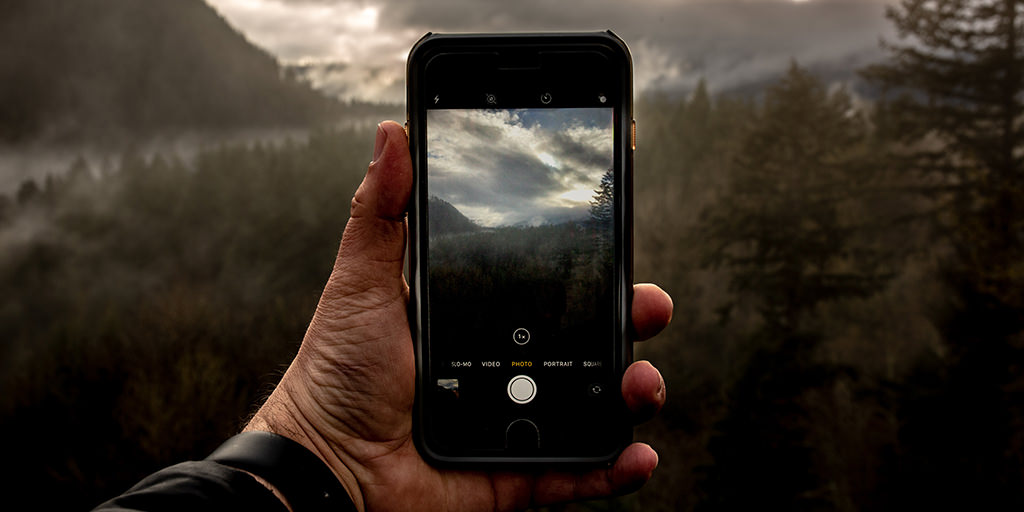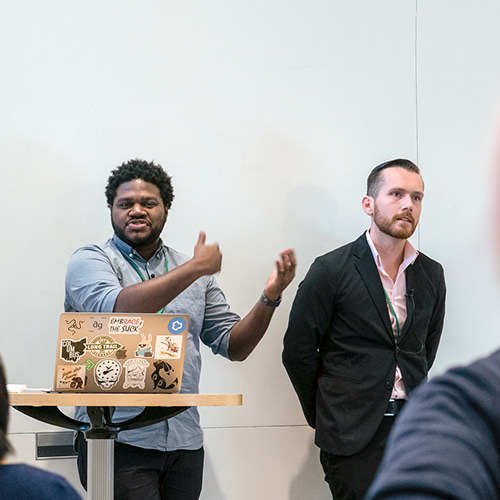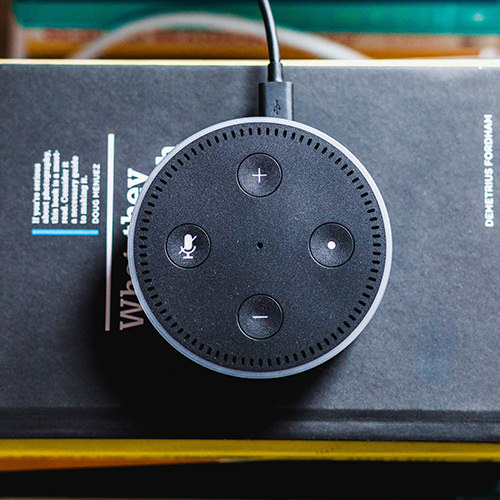A while back, I wrote about how the Internet of Things is represented by things that look like products, but are the endpoints of services. Back then, I was thinking about how stuff like connected thermostats and smart speakers have a physicality and form we typically think of as standalone products but are, in fact, the manifestation of cloud-based services that are required to keep them going. If those services go away or are disrupted, many (maybe most) IoT things become less useful than bricks.
At the end of that post, I noted that Microsoft was beginning to lease Surface tablets, essentially turning a particular class of general-purpose computing into a subscription. On Apple’s most recent earnings call, Tim Cook apparently suggested the idea of the iPhone becoming available via a subscription. This is an interesting development and relates back to the idea of thing-as-a-service in a couple of ways.
First, a subscription-based iPhone is an evolution of smartphone pricing that Apple has been pursuing since the first release back in 2007. Apple was avant-garde when they signed an exclusive deal with AT&T for the first iPhone, and they have taken their own path on how to price and sell the iPhone ever since. In recent years, they have offered a program that enabled yearly updates of the iPhone when new models came out. They’ve also gone to monthly payments for the phone, and have been encouraging trade-ins, which apparently has been greeted enthusiastically by consumers.
If Apple does decide to offer the iPhone as a subscription, it becomes another strong signal in the thing-as-a-service trend. The switch to hardware that might get recycled puts an emphasis on the need for a user’s data to be transferable seamlessly when a new device is issued. iCloud and the Apple App Store, plus other services like Apple Arcade, Apple Music, and Apple TV+ already provide the backbone for a service-based approach to the iPhone.
This is both potentially good and bad for consumers. On the one hand, as long as Apple continues to provide these services, it strengthens the iPhone capabilities. Plus, the ability to automatically and seamlessly move to new hardware features, such as augmented reality and improved cameras would reduce the friction involved when selecting and moving to a new phone every couple of years.
But it also exacerbates one of the fundamental issues of things-as-a-service: when the provider decides to drop the service, the device is likely to become useless. It may be hard to see this on the iPhone if you are lucky enough to upgrade each time a new device comes out. But try to use a model from just a few years ago, you’ll find that, while some core functions may still work, much of what makes an iPhone special fades pretty quickly once its services are no longer supported. With no OS updates, App Store downloads no longer available or incompatible, and APIs changed, sorry, that fancy phone becomes nearly unusable well before the hardware is considered obsolete.
In the long run, I think it is inevitable that most hardware that can benefit from being smart and connected will become smart and connected. And with that will usually come some form of service. Edge computing capabilities are shifting this story somewhat, as smart things get even smarter, but, in general, I believe this still holds true: that thing you bought isn’t a thing, it’s a service.
Interested in learning more about how Cantina works in the field of IoT? We’d love to hear from you.



